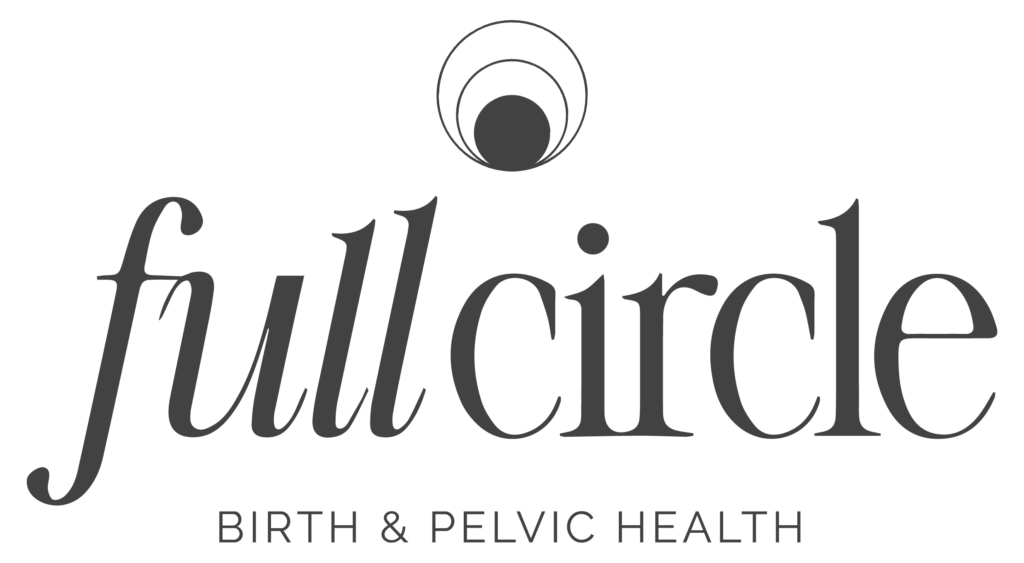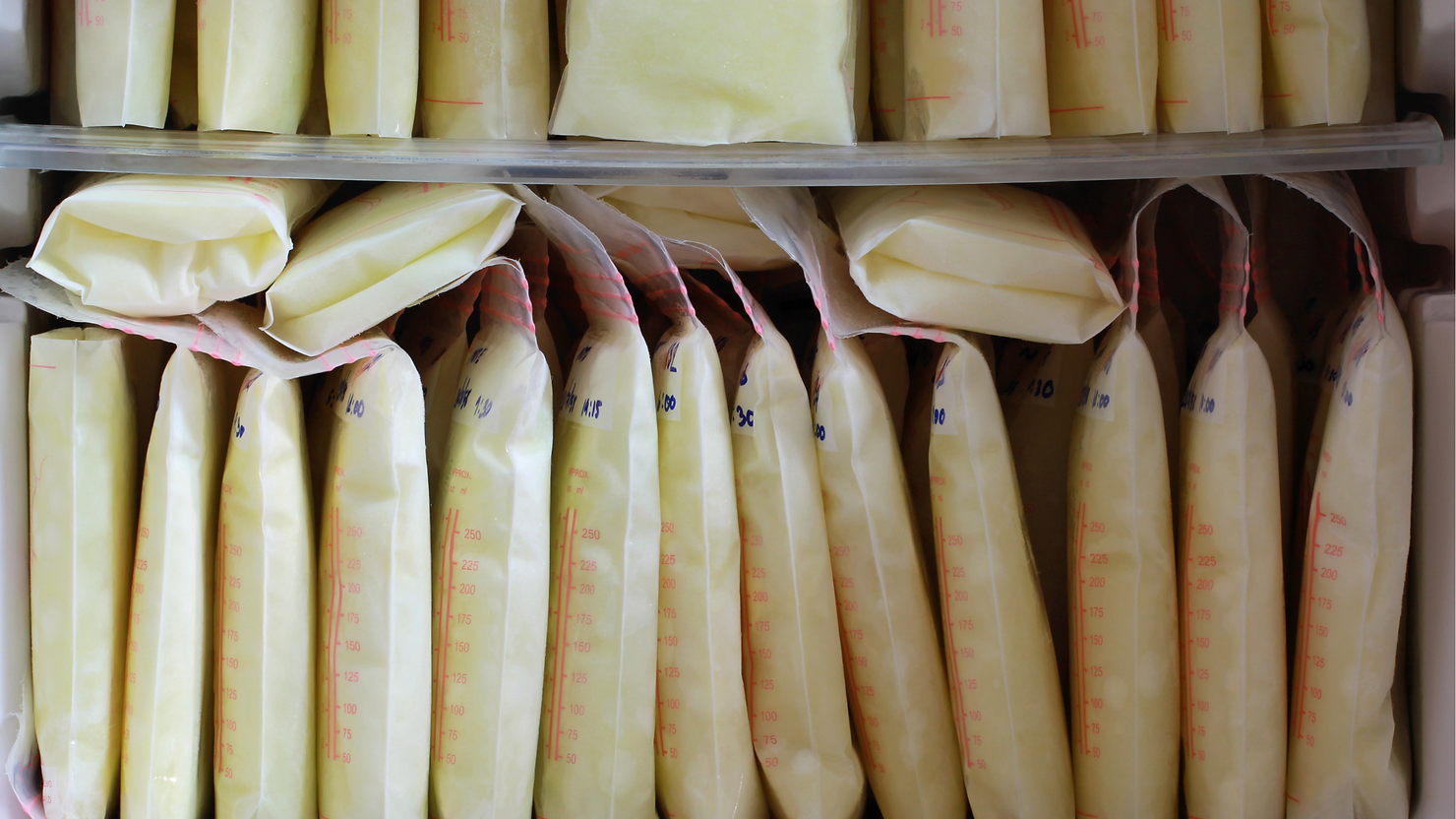It’s very rare for you to be “loose” after having a baby. This is an offensive, sexist, and anatomically incorrect statement. In reality, your pelvic floor muscle tone is typically higher after childbirth.
The pelvic floor muscles elongate during pregnancy and are stretched with birth. As a result, the muscles usually respond by tightening down. Extended pushing, tearing, stitches, and/or an episiotomy only increase the tension, with additional inflammation and pressure to the area.
Remember, muscles have to have an optimal length-tension in order to function properly. Therefore, having too much tension in a muscle can actually create weakness and dysfunction.
So, how do you know if your pelvic floor is too tight?
If you are experiencing any of the following, you may be dealing with an overactive pelvic floor:
✅ Constipation
✅ Urinary urgency/frequency
✅ Pain with speculum insertion, tampon use and/or sex
✅ Difficulty emptying bowels/bladder
✅ Tailbone pain
✅ Vaginal or rectal pain
It is important to know what state your pelvic floor is in, so that you know how to properly rehab it. If your pelvic floor muscles are already tight, then contracting them over and over again with things like kegel exercises can contribute to that tightness, making your symptoms worse. This is why pelvic floor PTs always include an internal pelvic floor muscle exam as part of your evaluation.
If you’re dealing with symptoms of an overactive pelvic floor, I can help. Let’s talk. Click the “Contact” button to shoot me an email and we can schedule a free phone consult.









